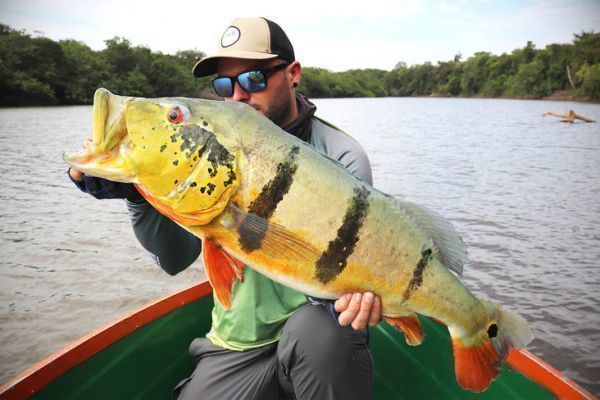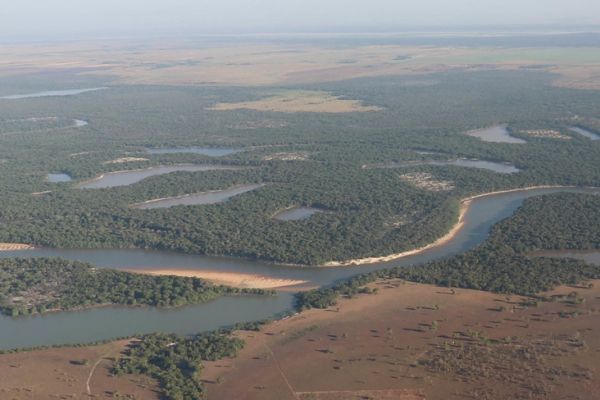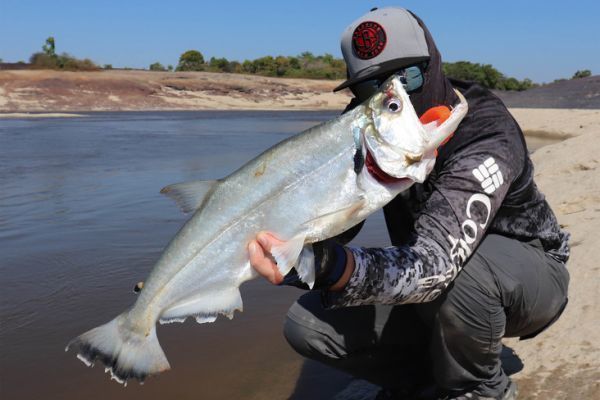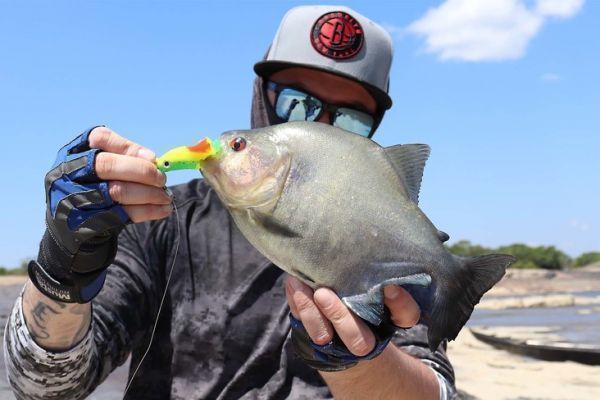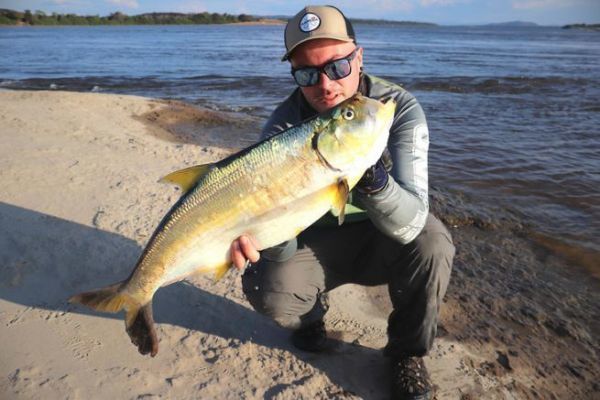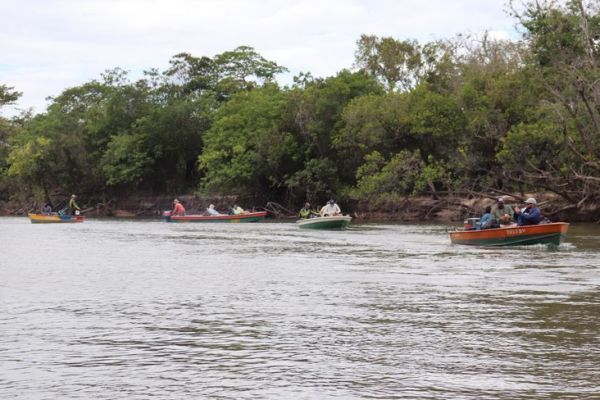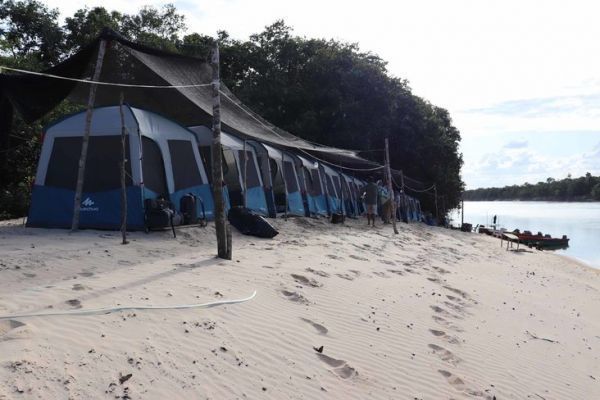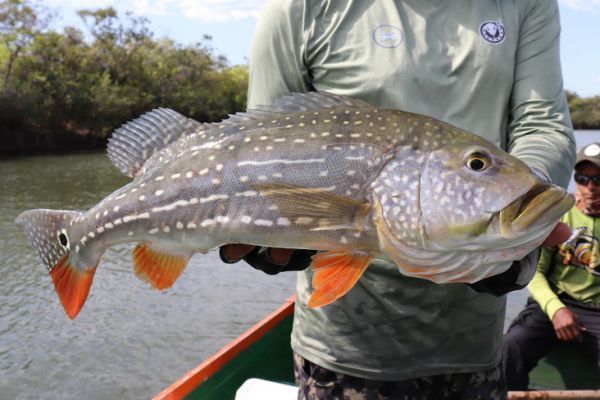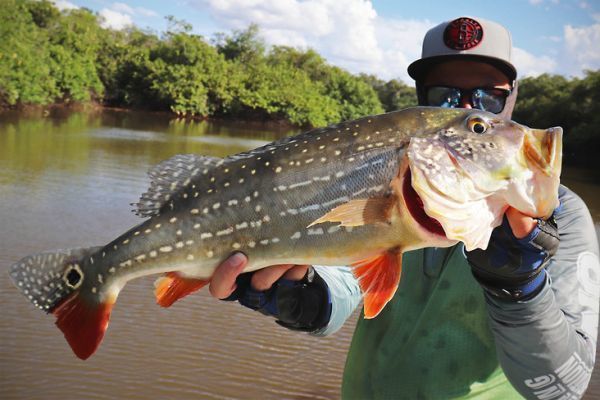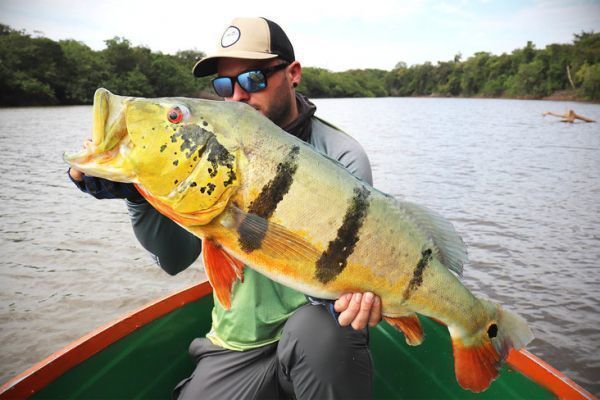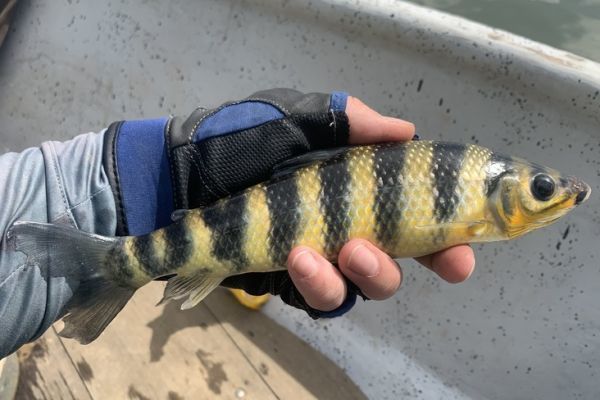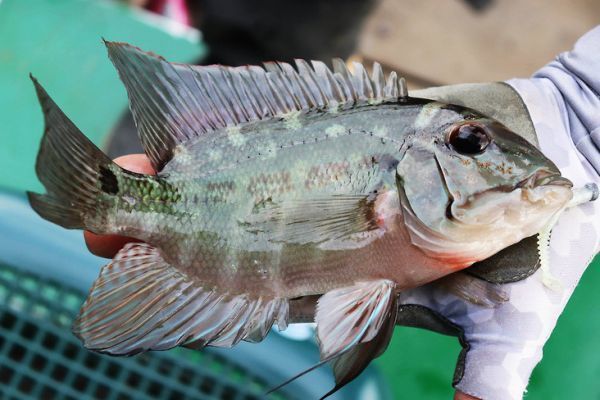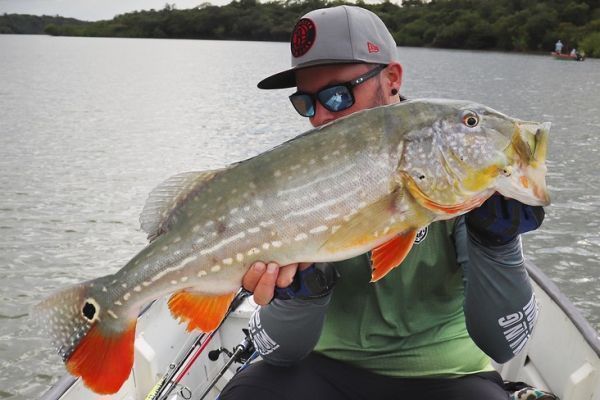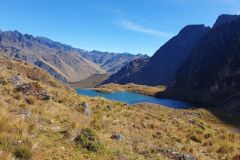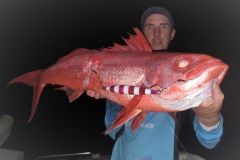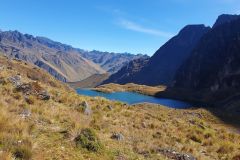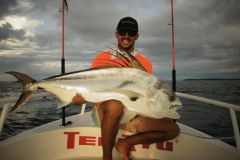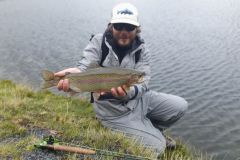Depending on the light, and especially, depending on the area explored, the water is not the same color. It is therefore necessary to adapt the color of the lures accordingly.
In clear water, with water that is tending towards blue, natural, white and blue colors are to be prioritized. If the water is a little murky, brown or has a whiskey tint, white, gold and yellow work well. In very dirty water, it's time to use yellow, green and orange lures.
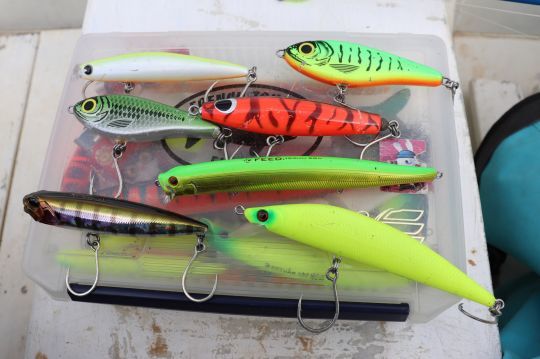
Of course, this choice is not an absolute truth, other factors such as light conditions also play their roles. What is important to remember is that a lure that works well in the river may be totally ineffective in a lagoon.

Therefore, as soon as you enter a lagoon, you must look at the color of the water and select the lure you believe in the most. From one lagoon to another, the color of the water can be totally different, as well as in the lagoon itself. Indeed, between the entrance of the lagoon, and its opposite end, the color of the water can have nothing in common, and it is absolutely necessary to adapt to it.
The long-awaited fish
For this fourth day of fishing on the Tomo river, we start our day by a lagoon until now never visited, located far from the camp. The water of this lagoon is very brown, I decide to remove my white lure for a fire tiger. The journey necessary to go to this lagoon is rewarded, because after 1h30 of exploration, I catch the fish so much hoped: a magnificent peacock bass !
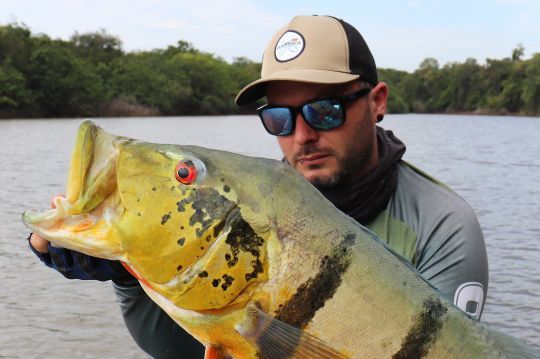
This fish came out of a tree lying in the water. It is important to cast as close as possible to the obstacles to encourage the hidden fish to come out.

The rest of the morning remains quite calm, we see a big peacock bass hunting twice, but it shows no interest for our lures.
In the afternoon, we explore another lagoon which is just as calm.
A big fish attacks a yellow propeller twice without being stung and the day ends like this.
Two keys
I can sum up this day with only two hits, and this is also one of the things to keep in mind when looking for big peacock bass. The quantity is not the objective, and you should not imagine that as we are in remote areas, there are plenty of fish everywhere, quite the contrary! The big peacock bass are not very numerous, you have to cover a lot of surface to find one. It is a territorial fish, which protects a large area, so patience is required to find it.

 /
/ 